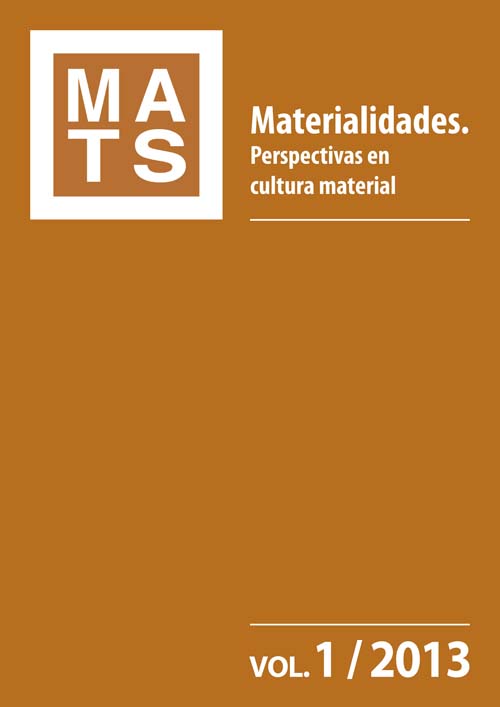CULTURA MATERIAL Y ETNICIDAD. OBSERVACIONES ETNOARQUEOLÓGICAS EN LA REGIÓN DE GAMBELA (ETIOPÍA). [Material culture and ethnicity. Ethnoarchaeological observations in Gambela region (Ethiopia)]
DOI:
https://doi.org/10.22307/2340.8480.2013.01.003Paraules clau:
material culture, pottery, domestic space, ethnicity, Nilo-Saharan, Ethiopia, Sudan, cultura material, cerámica, espacio doméstico, etnicidad, Nilo-Saharianos, EtiopíaResum
Este artículo presenta datos de dos campañas etnoarqueológicas llevadas a cabo en la región
de Gambela, Etiopía occidental, en 2009 y 2010. La investigación se centró en cinco de los
seis grupos étnicos "indígenas" que viven en la región hoy en día: nuer, añuak, komo, opuuo
y sabu. Nuestro conocimiento histórico y etnográfico de estos grupos es dispar. Existe una
abundancia de información publicada sobre los dos primeros, una menor cantidad para los
komo y prácticamente nada para los opuuo y sabu. En todos los casos, su cultura material apenas
se ha tenido en cuenta hasta ahora. En este trabajo, ofrecemos descripciones del mundo
material y las tecnologías de estas comunidades, especialmente la cerámica y la arquitectura
doméstica, y mostramos su utilidad para comprender las múltiples relaciones entre objetos,
etnicidad y principios sociales.
Palabras clave: cultura material, cerámica, espacio doméstico, etnicidad, Nilo-Saharianos, Etiopía,Sudán.
Abstract:
This article presents ethnoarchaeological data from two field seasons conducted in Gambela
region, Western Ethiopia, in 2009 and 2010. Research focused on five of the six "indigenous"
ethnic groups living in the region today: Nuer, Añuak, Komo, Opuuo and Sabu. Our historical
and ethnographic knowledge of these groups is dissimilar. There exists a wealth of published
information for the first two, a lesser amount for the Komo and virtually none for the Opuuo
and Sabu. In all cases, their material culture has been scarcely considered to date. Here, we
offer descriptions of the material world and technologies of these communities, especially
pottery and domestic architecture, and show their usefulness for understanding the manifold
relations of objects, ethnicity and social principles.
Key Words: material culture, pottery, domestic space, ethnicity, Nilo-Saharan, Ethiopia, Sudan


